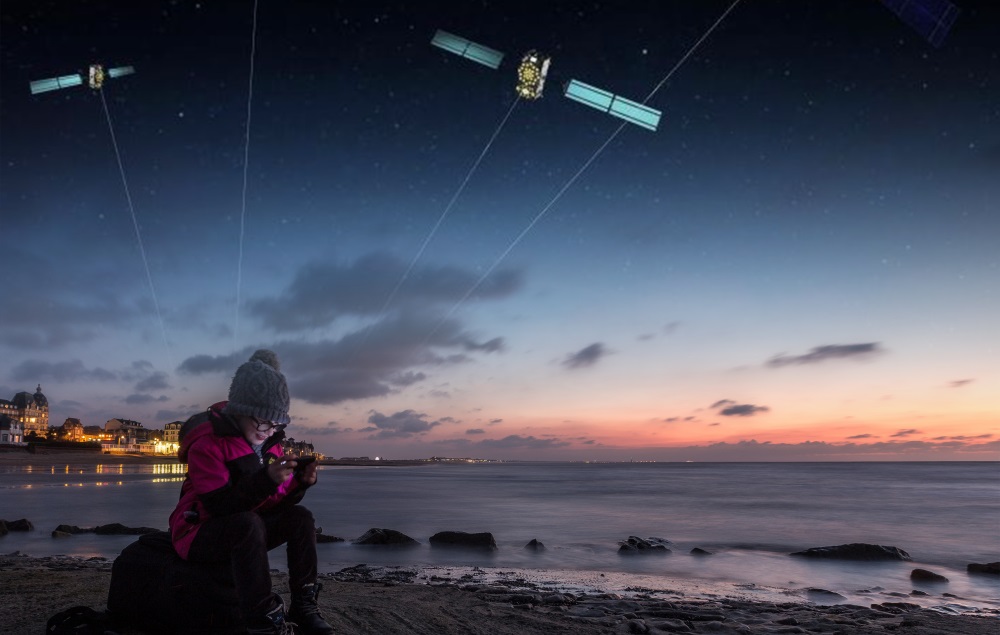The European GNSS Agency (GSA), in cooperation with the Space Generation Advisory Council (SGAC), has launched the Young GSA – Space Systems Synergy Scholarship, giving students and young professionals the chance to explore synergies between GNSS and Earth Observation.
The competition is a great opportunity for young people to share their views on the possibilities that the integrated use of space infrastructure – global satellite communications, satellite navigation (including Galileo and EGNOS) and Earth Observation (including Copernicus) – can achieve.

Participants are asked to create a 30-second video complemented by a 400-word essay focused on answering the following question:
-
While space programmes are capable of great achievements separately, it is through synergies that their true capabilities are unleashed. The best results will be achieved when telecommunications, satellite navigation and Earth Observation satellites and services collaborate to achieve common goals. How can synergies of these three types of space-based services, in effect ‘a system of systems’, be leveraged to help make our world safer and more sustainable? Use your imagination and give some realistic examples of your vision of what the future holds!
Need inspiration? Read this: European GNSS and Earth Observation: A promising convergence for sustainable development
The winner will receive up to USD 2 000 to be used to attend both the 7th Space Generation Fusion Forum on 15-16 April 2018, and the 34th Space Symposium, on 16-19 April 2018. Both events will be held in Colorado Springs, Colorado, USA.
The details
The scholarship is open to European students and young professionals aged 18 to 35. In order to participate, you must be a registered SGAC member. You can register for free membership here.
In addition to the video and essay, applicants must also submit their CV (with date of birth and country of citizenship). All submissions must be in English and must be received via the Scholarship's Submission Form no later than 23.59 GMT on 29 March 2018.
For more information, click here.
Media note: This feature can be republished without charge provided the European GNSS Agency (GSA) is acknowledged as the source at the top or the bottom of the story. You must request permission before you use any of the photographs on the site. If you republish, we would be grateful if you could link back to the GSA website (http://www.gsa.europa.eu).